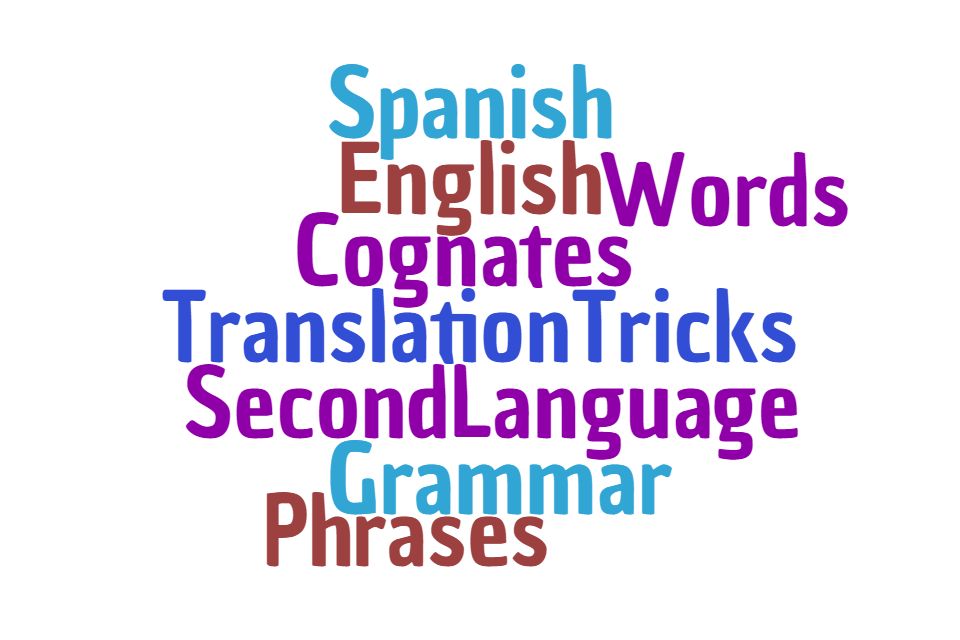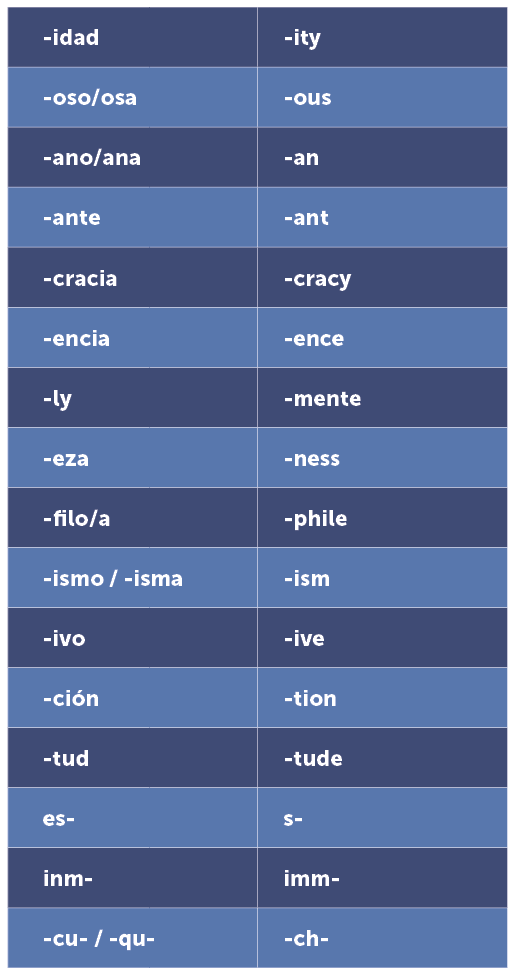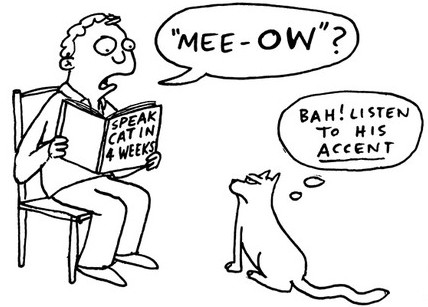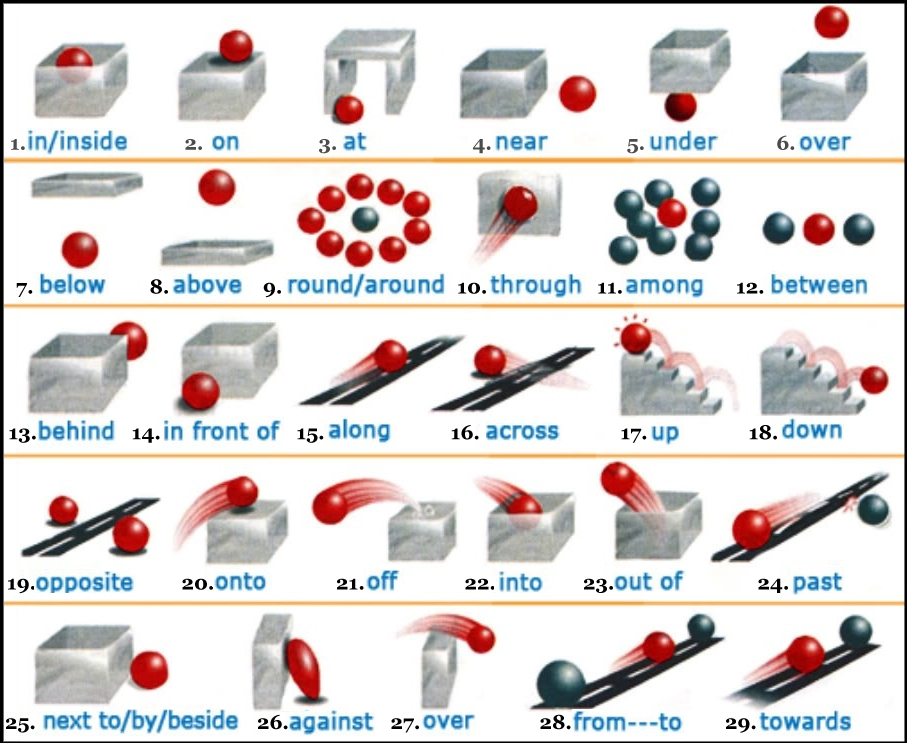
A few translation tricks to help improve your English and Spanish.
With a few translation tricks, you can use your mother tongue to improve your English.
“Don’t translate.” You’ve heard it a million times from teachers, “just think in English.” It’s not bad advice, but it’s not always helpful. Learning a second language isn’t easy, and if you learn as an adult, translation will be an important way of learning vocabulary.
The idea behind this advice is that it is better to think and feel in the language you are learning than to try to translate whole sentences – including idioms – directly from your native language.
However, translation can be a useful tool for learning a second language, but only if you do it right. Learning how to use translation effectively can very quickly increase your vocabulary range. It allows you to use your high level of Spanish in English as well. These helpful little translation tricks should help you along.
Your teachers weren’t 100% wrong when they told you to avoid translation though, and you do need to be careful. Check the meaning of words where possible, and see if the context makes sense. Look out for false friends – words such as discussion and discusión have very different meanings!
Remember the basic points of English. You know that English word order is different with adjectives, for example, or that some spelling is slightly different.
Translation is very hard with some things. Try and avoid translation with prepositions and connectors. There are lots of possible mistakes here.
Generally speaking, translation is a useful tool when thinking about basic vocabulary – single words. Nouns are a very common thing to be translated, especially specific things such as sour (ácido). Trying to explain this without translation is extremely difficult. It’s also a useful tool for complex ideas such as democracy. Because the word and concept is hard to define but exists in both languages, a translation saves a lot of time.
Translation helps a lot in reading, because it’s easy to follow the rules below and simply translate at the speed you need to. There’s usually a lot of context and a lot of time too. Listening is a little more difficult, because you need to think about pronunciation. This is where it might be a good idea to look at my guide (below) for spotting pronunciation similarities. Here, you’ll be translating from English to Spanish.
When speaking or writing, translation is useful because it allows you to keep going. You might not know the English word, but you can take a risk with a translation. If you think carefully about your choice of word, you can often avoid problems. Of course, this time you will be translating from Spanish to English.
Looking for similar styles – cognates
Another set of translation tricks relies on cognates. Cognates are words that have the same roots in different languages. An example might be “media” – almost exactly the same in both Spanish and English! These types of exact cognates are rare, but it’s a good idea to learn how to see cognates.
Spanish likes words to end with vowels, and English isn’t bothered about this. This allows you to use a nice early trick – put a vowel on to make Spanish words, or take a vowel off to make English words.
Rango – range
Perfecto – perfect
Artista – artist
Different spelling, same pronunciation. This happens a lot with Greek words. The way that English and Spanish choose to transliterate the Greek alphabet is slightly different, but focus on pronunciation. The c or qu sound in Spanish is often a ch in English, and where Spanish uses f, English usually uses ph.
Orquesta – Orchestra
Filosofía – philosophy
It’s a good idea to learn the patterns of cognates. Spanish and English both have a system of prefixes and suffixes which are almost identical. The prefixes like de– or in– are easy to recognise, but the suffixes require a bit more work. Some are very simple, like –ción and –tion. Others are a bit harder, but still easy, such as –mente for –ly with adverbs.
These words often come from Greek or Latinate roots, meaning that they exist in many European languages. There are a few exceptions, such as natación – swimming, but in general these words will help you to increase your vocabulary.
Grammar points
I often hear students say that English grammar is complicated. There are lots of exceptions, of course, but the basic structures are extremely similar. The passive voice is often avoided by students – but in fact the Spanish and English passive voices are almost completely identical. In English it’s be+participle and in Spanish ser+participio. Cien años de soledad fue publicado en 1967 is a direct translation of “One Hundred Years of Solitude was published in 1967.” The word order is the same, the form is the same, most importantly, the use is the same.
Phrases
Because we have a shared European background, a lot of Spanish sayings and phrases are very similar to English sayings and phrases. For example, in Spanish you hacer el amor, and that’s similar in English: “make love”.
However, just like with the cognates above, there are often small differences. Watch out for similar ideas which are a bit different. For example, in English we ‘take’ the bull by the horns, and in Spanish you ‘agarrar’ el toro por los cuernos. It’s not a big difference, and the meaning is exactly the same.
Related: More tips and tricks to learning English
Using your whole vocabulary is important. When I don’t know a word in Spanish I usually try converting an English word which sounds more Latin, because it’s more likely to exist in Spanish also. In the same way, you can use words that sound likely to exist in English. Sometimes you will sound a little academic or too technical – but people will understand you, which is the most important thing.
Finally, when translating, think about the feeling of the word. For example, in English we use ‘be’ not ‘have’ with years of age. However, it shouldn’t be difficult to understand the idea. This is the same from Spanish into English – llevar las gafas doesn’t work in English (“carry the glasses” means having them in a bag or a pocket) but the idea of llevar makes sense. We don’t use that exact word in English (we’d say “wear glasses”), but it’s easy to understand the meaning either way.






